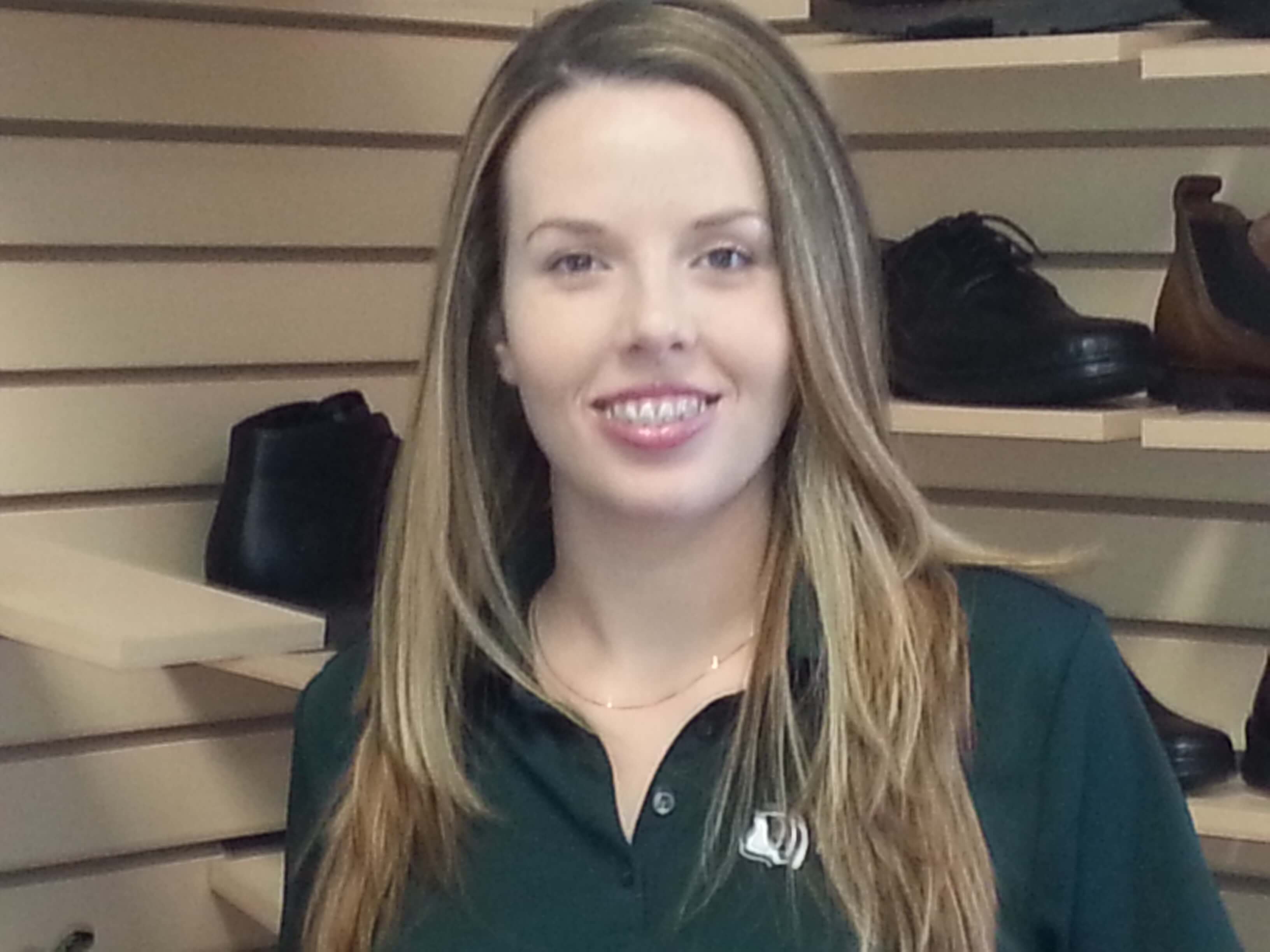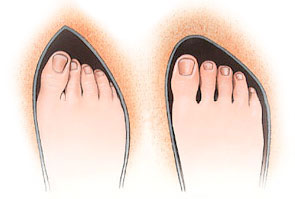 By Shannon White
By Shannon White
(BAHSc. CAT (c) Certified Athletic Therapist)
Do you experience?
- Pain, redness and swelling in the knuckle joint of your big toe with activity
- Reduced range of motion in the big toe joint, causing your gait to change
- Shifting/clawing/hammering of toes 2-5
Do you have?
- A family history of bunions
- Tight fitting, high heeled or pointy toed shoes that you wear on a regular basis
- A history of injury to your foot (surgery and fractures)
There are 3 things that contribute to the development of bunions:
Biomechanics • Footwear Choices • Family History
Steps to take:
- Change your footwear! You’ll have to leave your tight high heels behind to prevent your bunions from getting worse. Look for shoes with soft material, wide and deep toe boxes, minimal stitching over the joint and no high heels.
- Consider custom orthotics. Orthotics can alter the improper biomechanics of your feet, helping to reduce stress at the first toe joint and prevent bunions from getting worse.
- Keep moving! Motion is what keeps our joints healthy. To prevent the joint from becoming rigid keep walking and moving as much as possible. If your feet are sore or swollen afterward use a little ice to calm the swelling.
When to seek further medical treatment (imaging or orthopaedic surgeon referral):
- Your bunions cause excruciating pain
- You’re experiencing foot deformity changes that are making activities of daily living difficult (cross over toe, hammer toes, bunionettes, etc).

